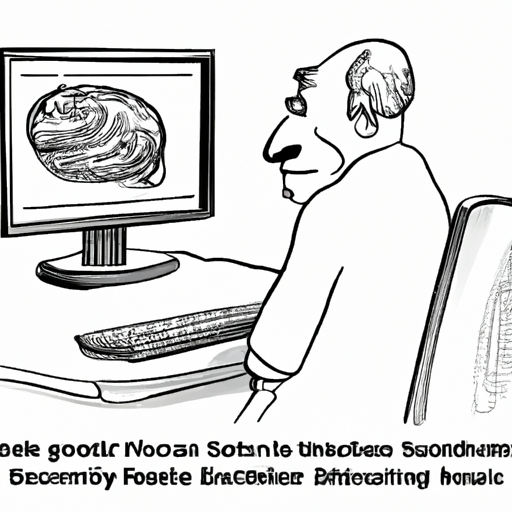As a caregiver, understanding your furry friend’s health is crucial. One of the conditions that might affect dogs is a stroke. Strokes in dogs might seem rare, but they are just as serious as they are in humans. Let’s dive deeper into understanding what stroke in dogs entails.
What is a Stroke?
A stroke in dogs is a sudden loss of blood flow to a part of their brain. This loss of blood flow can lead to damage in the affected area of the brain, causing various symptoms depending on the area affected. Strokes can be classified into two types:
- Ischemic Stroke: This is caused by a blockage in a blood vessel supplying blood to the brain, leading to a lack of oxygen and nutrients.
- Hemorrhagic Stroke: It occurs when a blood vessel in the brain bursts, causing bleeding into surrounding tissues.
Causes of Stroke in Dogs
Strokes in dogs can be caused by several factors:
- Heart disease: Dogs with heart disease are at a higher risk of developing blood clots, which can potentially lead to a stroke.
- Kidney disease: Kidney disease can lead to high blood pressure, a common risk factor for stroke.
- Thyroid disease: Hypothyroidism, a condition where the thyroid gland doesn’t produce enough thyroid hormone, can increase the risk of stroke.
- Cushing’s disease: This condition can lead to increased blood clotting, increasing the risk of stroke.
| Disease | How it causes stroke |
|---|---|
| Heart disease | Increases risk of blood clots |
| Kidney disease | Causes high blood pressure |
| Thyroid disease | Increases risk of stroke |
| Cushing’s disease | Increases blood clotting |
Symptoms of Stroke in Dogs
Your dog might not be able to communicate their discomfort verbally, but there are tell-tale signs that can help you identify if they are having a stroke. These include:
- Sudden loss of balance
- Head tilt
- Loss of vision
- Abnormal eye movements
- Loss of consciousness
Treatment and Prevention of Stroke in Dogs
Though strokes can be frightening, the good news is that they can often be managed with prompt and appropriate treatment. If your dog has a stroke, immediate veterinary attention is imperative. Treatment options may include:
- Anticoagulant medications
- Blood pressure medication
- Surgery to remove blood clots
- Physical therapy
Preventive measures include regular veterinary check-ups, a healthy diet, and regular exercise.
Frequently Asked Questions (FAQs)
Q: Can dogs recover from a stroke?
A: Yes, with proper treatment and care, many dogs can recover from a stroke.
Q: Are certain breeds more prone to strokes?
A: Yes, certain breeds, like Greyhounds and Boxers, are more prone to strokes.
Q: How can I help my dog after a stroke?
A: Regular vet check-ups, medication as prescribed, and providing a safe, comfortable environment will help your dog recover.
Q: Can strokes in dogs be prevented?
A: While not all strokes can be prevented, managing underlying conditions and regular vet check-ups can significantly reduce the risk.
Remember, as a caregiver, your awareness and quick action can make a significant difference in your dog’s health and quality of life.



